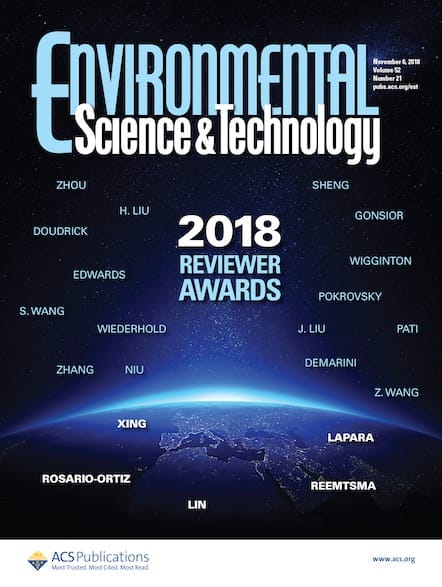“Farm to table” has become a catch phrase for eating locally grown food bought directly from producers—but unfortunately it can also apply to antibiotic resistance. Antibiotics applied as part of farming practices for livestock and farmed seafood can fuel the proliferation of antibiotic-resistance genes among bacteria—including pathogenic strains. When such pathogens end up in the […]

“Farm to table” has become a catch phrase for eating locally grown food bought directly from producers—but unfortunately it can also apply to antibiotic resistance. Antibiotics applied as part of farming practices for livestock and farmed seafood can fuel the proliferation of antibiotic-resistance genes among bacteria—including pathogenic strains. When such pathogens end up in the resulting meat or fish, they can cause antibiotic-resistant infections in people who eat it. Now a new study explains how antibiotic-resistance genes can show up on the farm—the fish farm, in this case—even when antibiotics aren’t used. One likely route, the researchers find, is the fishmeal fed to seafood.
A few years ago, Jing Wang of Dalian University of Technology noticed a surprising trend: antibiotic-resistance genes were showing up in the sediment of fish farms where operators had never directly applied antibiotics. Wang and his colleagues thought the fishmeal fed to the seafood might carry these genes, because this fishmeal is usually made from low-value fish that can bioaccumulate antibiotics present in the environment. Fishmeal often litters the sediment of fish farms because more is applied than the fish actually eat.
To test their hunch, the researchers screened five commercially available fishmeal products—two processed in Peru, one of the world’s largest producers of fishmeal, and the others in Chile, China, and Russia—for the presence of antibiotics and antibiotic-resistance genes. They found that the five samples contained a total of 14 antibiotics, 132 unique antibiotic-resistance genes, and four mobile genetic elements encoding cellular machinery that allows bacteria to exchange genes with their neighbors. Some 3 to 22% of total resistance genes in the samples conferred resistance to vancomycin, an antibiotic of last resort.
Then the researchers carried out lab tests to simulate the effect of fishmeal on aquaculture sediment by filling 500-mL flasks with seawater and sediment collected from a seafood farm in China that had never applied antibiotics or fishmeal. To some of the flasks, they added one of the Peruvian fishmeal products they had tested.
Over a 50-day period, they sampled the sediment at various intervals for antibiotic-resistance genes. The fishmeal treatment substantially increased both the number and diversity of antibiotic-resistance genes in the sediment.
“I was surprised the vancomycin-resistance genes were as high as they were,” especially because vancomycin was not one of the antibiotics detected in the fishmeal, says Amy Pruden, an expert in antibiotic resistance at Virginia Tech. “I think it’s another reminder that simply trying to avoid antibiotics that tend to be used in humans”—or avoiding them altogether, as some fish farms have done—“isn’t likely to solve the whole problem,” she says. Multiple antibiotic-resistance genes can sometimes be transferred between bacteria on the same mobile genetic element, she explains, so resistance to an antibiotic can spread even if bacteria are not directly exposed to it. The study also highlights the importance of monitoring the water and food supply for these genes, she says. “We’re not monitoring antibiotic resistance at the level that we should be.”
